dog leash training ·
Dog Training ·
how to leash train a puppy ·
how to leash train your dog ·
how to teach a puppy to walk on a leash ·
how to walk your dog ·
how walk your dog on a leash ·
leash training ·
leash training your dog ·
leash training your puppy ·
puppy leash training ·
puppy training ·
training your dog to walk with a leash ·
walking with a leash ·
11 Tips to Train your Dog to Walk on a Leash

For many pet owners, walking their dog is a daily ritual that provides valuable opportunities for exercise, mental stimulation, and socialization. While it’s easy to take for granted, teaching your dog to properly walk on a leash can be a tricky task. That’s why we’ve put together this guide to help you train your pup to walk on a leash. From the basics of introducing your pup to a leash to advanced tips on how to keep them calm and focused while out and about, this guide has everything you need to know to have a successful walk with your pup.
Index
I. Introducing your pup to a leash
II. Basic leash training
III. Preparing for a walk
IV. Reinforcing good behavior
V. Distractions and triggers
VI. Walking in different environments
VII. Adjusting to a new environment
VIII. Training for longer walks
IX. Re-establishing the leash
X. The importance of safety
XI. Establishing a positive walking routine

I. Introducing your pup to a leash
The first step in leash training your pup is introducing them to the leash. Before you ever put the leash on, it’s important to get them used to the idea of wearing a leash. This can be done by showing them the leash and allowing them to sniff it and become comfortable with it. You can even reward them for being near it or touching it with a treat. Once they are comfortable with the leash, you can put it on them and let them walk around the house with it. This will help them get used to the feeling of having something around their neck.

II. Basic leash training
Once your pup is comfortable with the leash, it’s time to start teaching them the basics of leash training. This includes teaching them to walk beside you without pulling or dragging. To do this, start by standing in one spot and having your pup walk around you in a circle. As they do this, reward them with treats and praise. This will help them learn that staying by your side is a good thing. Once they’ve mastered this, you can start walking around with them and rewarding them for staying by your side.

III. Preparing for a walk
Before you head out on a walk, it’s important to make sure your pup is prepared. This includes making sure they have a collar and a leash that fit properly. It’s also important to make sure the collar and leash are made of sustainable materials such as hemp or bamboo. EcoBark Pet Supplies has a wide selection of sustainable collars and leashes that are perfect for training your pup.

IV. Reinforcing good behavior
When out on a walk, it’s important to reinforce good behavior with treats and praise. Whenever your pup walks beside you without pulling or dragging, reward them with a treat and lots of praise. This will help them learn that staying by your side is a good thing. You can also use verbal cues such as “heel” to help them stay in the correct position.

V. Distractions and triggers
When out on a walk, your pup will likely encounter a variety of distractions and triggers. It’s important to be aware of these so you can be prepared to handle them. This includes other dogs, people, cars, wildlife, and more. It’s important to keep your pup focused on you and the task at hand by rewarding them for good behavior and using verbal cues to keep them in the correct position.

VI. Walking in different environments
When out on a walk, your pup will likely encounter a variety of different environments. This includes sidewalks, trails, parks, and more. It’s important to keep your pup focused on you and the task at hand by rewarding them for good behavior and using verbal cues to keep them in the correct position. You should also be aware of any potential hazards in the environment such as uneven surfaces, sharp objects, or busy roads.

VII. Adjusting to a new environment
When transitioning to a new environment, it’s important to keep your pup focused on you and the task at hand by rewarding them for good behavior and using verbal cues to keep them in the correct position. This will help them adjust to their new surroundings and will help them learn that staying by your side is a good thing.

VIII. Training for longer walks
Once your pup is comfortable walking with you in different environments, it’s time to start training them for longer walks. This can be done by gradually increasing the distance and duration of your walks. Start by taking short walks around the block and gradually increase the distance. You should also increase the duration of the walks gradually as well.

IX. Re-establishing the leash
When transitioning to a new environment or after a long walk, it’s important to re-establish the leash. This can be done by having your pup walk around you in a circle and rewarding them for staying by your side. This will help them remember that staying by your side is a good thing and will help them adjust to the new environment.

X. The importance of safety
When out on a walk, it’s important to always keep safety in mind. This includes making sure your pup is wearing a collar and a leash that fit properly and is made of sustainable materials such as hemp or recycled water bottles. EcoBark Pet Supplies has a wide selection of sustainable collars and leashes that are perfect for keeping your pup safe. Additionally, it’s important to be aware of any potential hazards in the environment such as uneven surfaces, sharp objects, or busy roads.

XI. Establishing a positive walking routine
Establishing a positive walking routine is essential for successful leash training. This includes taking regular walks with your pup and rewarding them for good behavior. Additionally, you should always keep safety in mind and be aware of any potential hazards in the environment. With regular training and reinforcement, you and your pup will soon be on your way to enjoying daily walks together.

Conclusion
Training your pup to walk on a leash can be a daunting task. However, with the right knowledge and dedication, it can be a rewarding experience for both you and your pup. From introducing your pup to a leash to establishing a positive walking routine, this guide has everything you need to know to have a successful walk with your pup. With regular training and reinforcement, you and your pup will soon be on your way to enjoying daily walks together.
Unleash Comfort and Confidence with EcoBark Leashes!
Ready to embrace happy walks with your best bud? Look no further than EcoBark's range of innovative, eco-friendly Comfort Grip Dog Leashes!
Here's why EcoBark is the paw-fect choice:
- Ultra-comfy mesh and recycled materials: Gentle on your pup's skin and kind to the planet.
- Memory Foam: Comfort Padded Dog Leashes have a memory foam handle for comfortable and feel good walks with vibrant colors and soft materials.
- Strong Clasp: Super Strong Clasp for pullers that helps keep your dog safe and secure during walk times.
Don't just take our word for it! Head over to EcoBark's website and:
- Browse our selection of Comfort Walking Leashes: Find the perfect fit for your pup's personality and style at EcoBarkPet.com
- Read customer reviews: See how EcoBark has changed walks for dog owners just like you!
- Get 10% off your first order: Use code BARK10 at checkout and give your pup the gift of comfort and confidence.
Make walks a joy again with EcoBark!
Visit EcoBarkPet.com today and let the happy tail wags begin!
P.S. Don't forget to share your EcoBark adventures with us on social media! Tag @EcoBarkPet so we can see your pup rocking their new dog leash!
|
ReplyForward
|
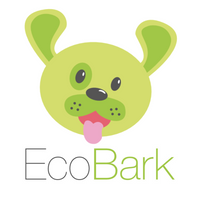
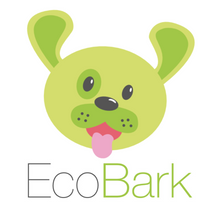
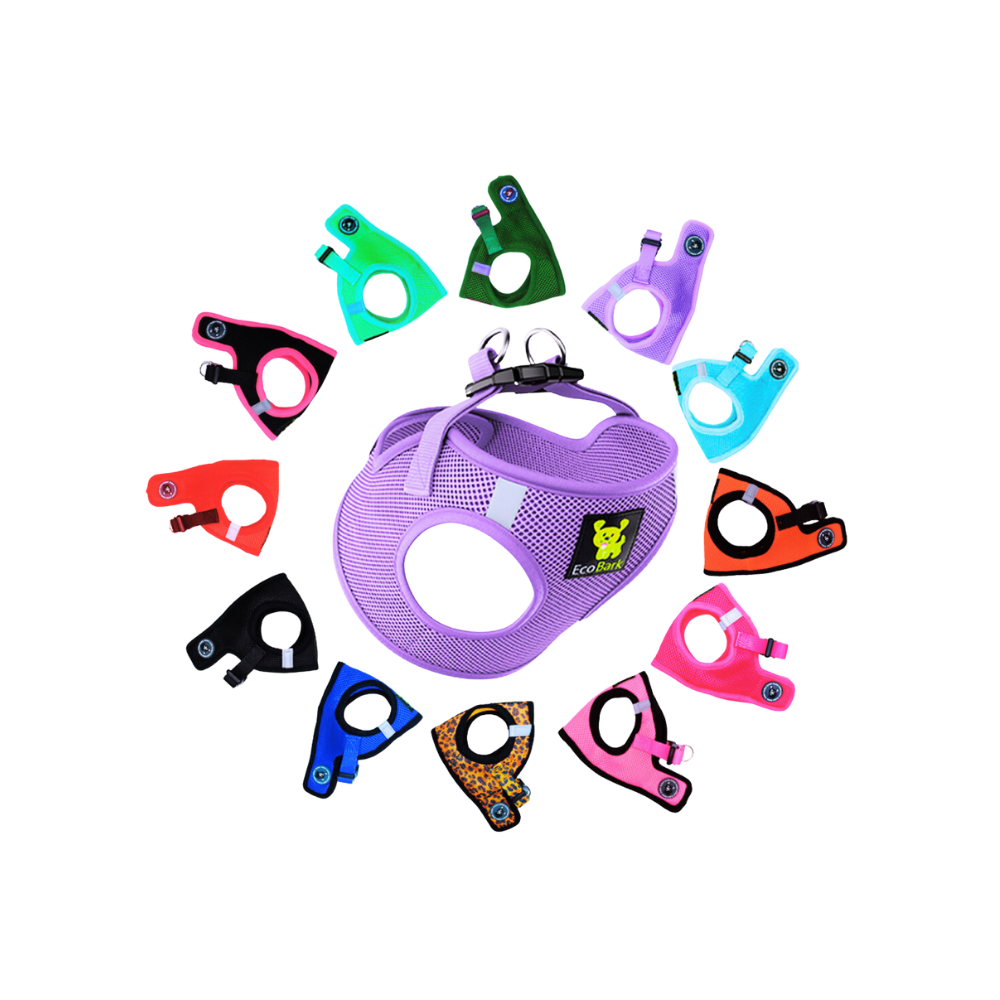


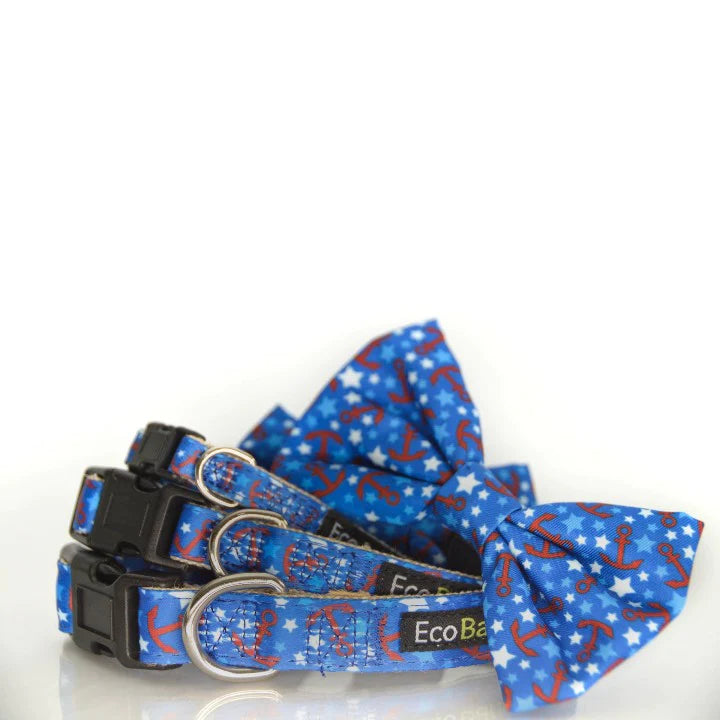
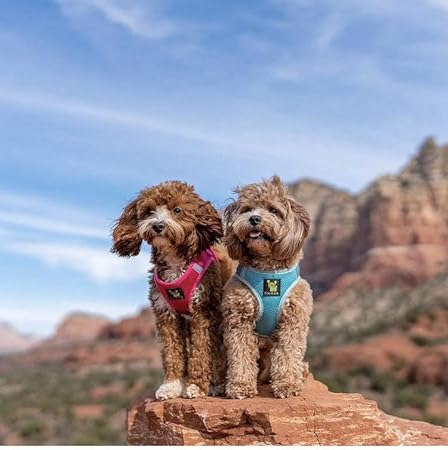
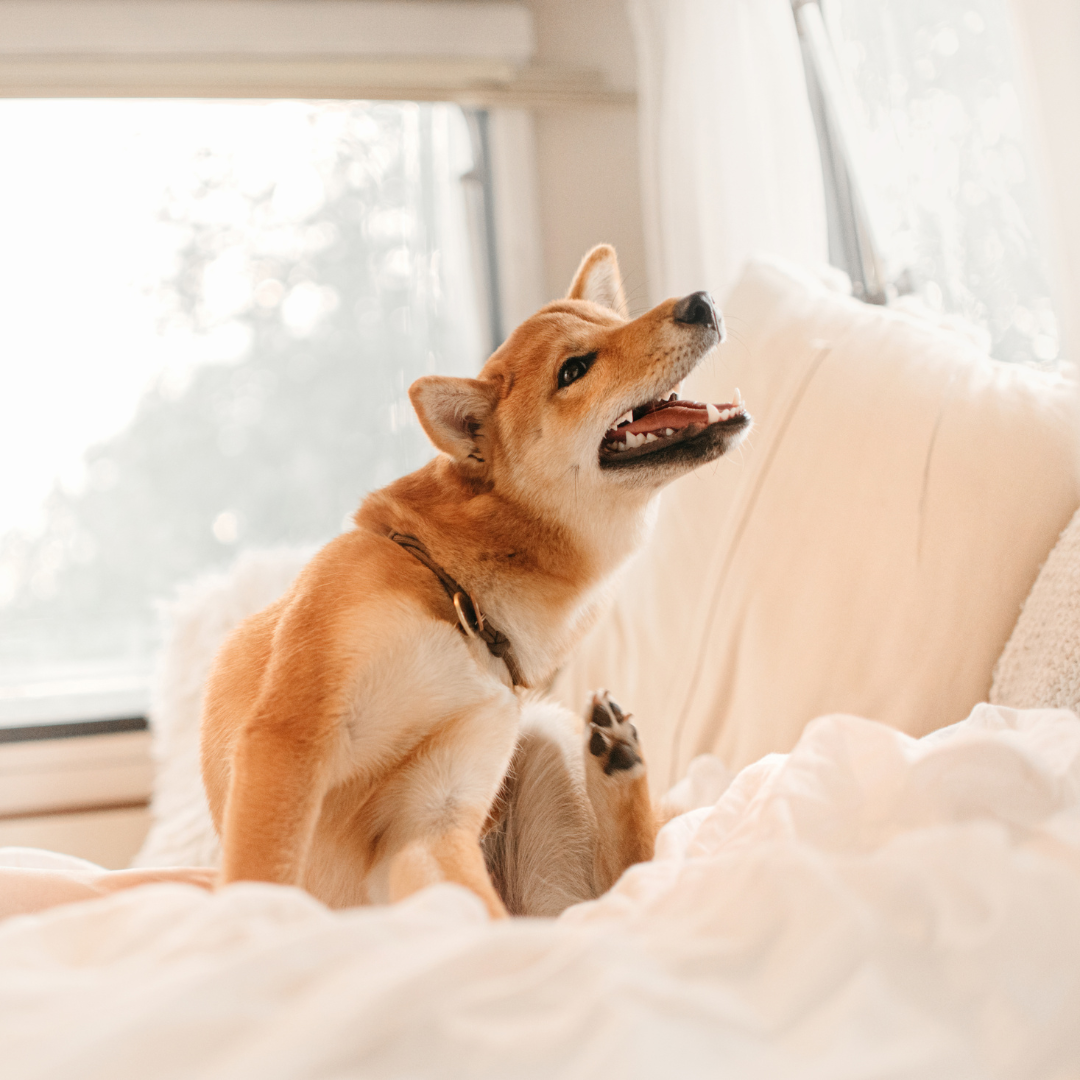
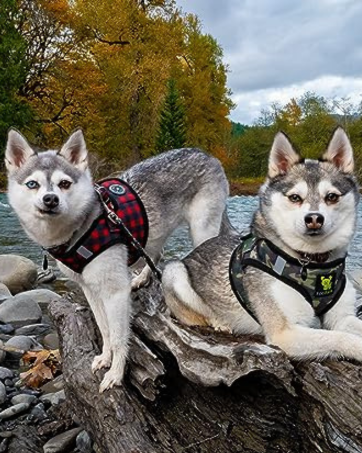
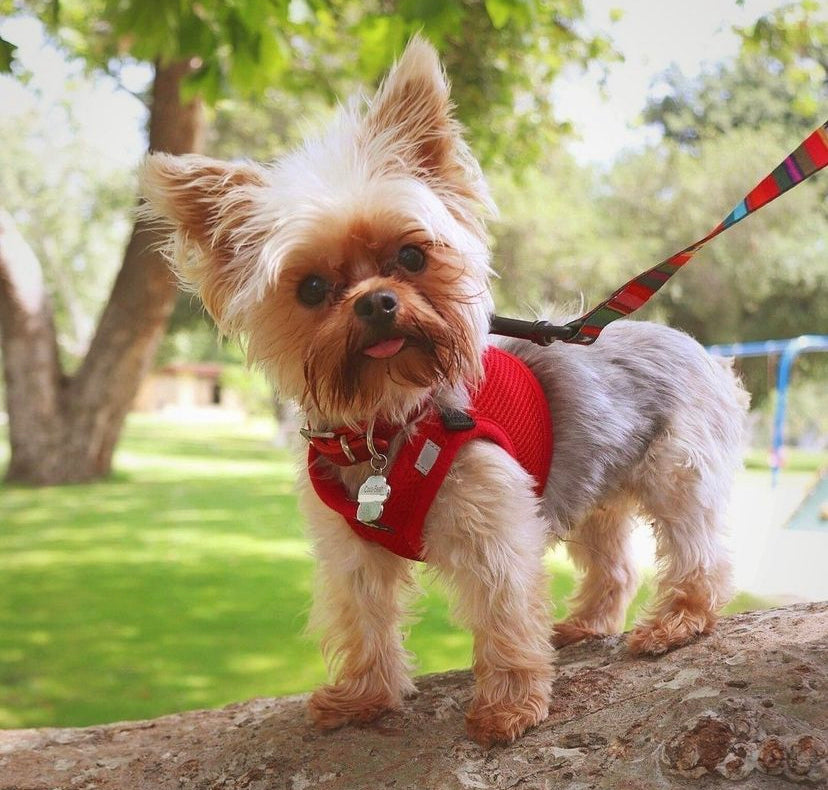

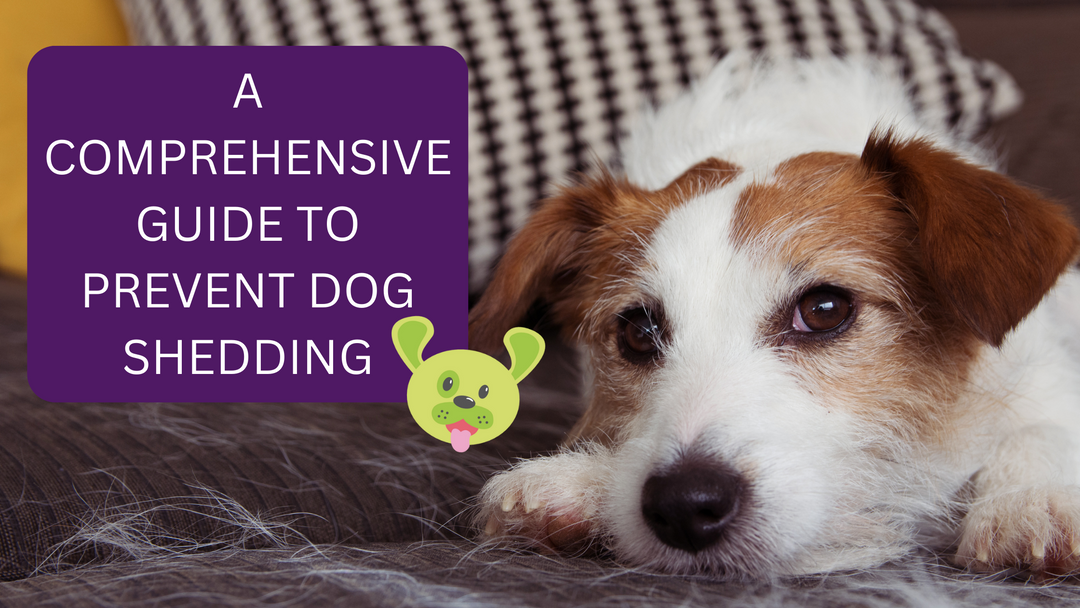
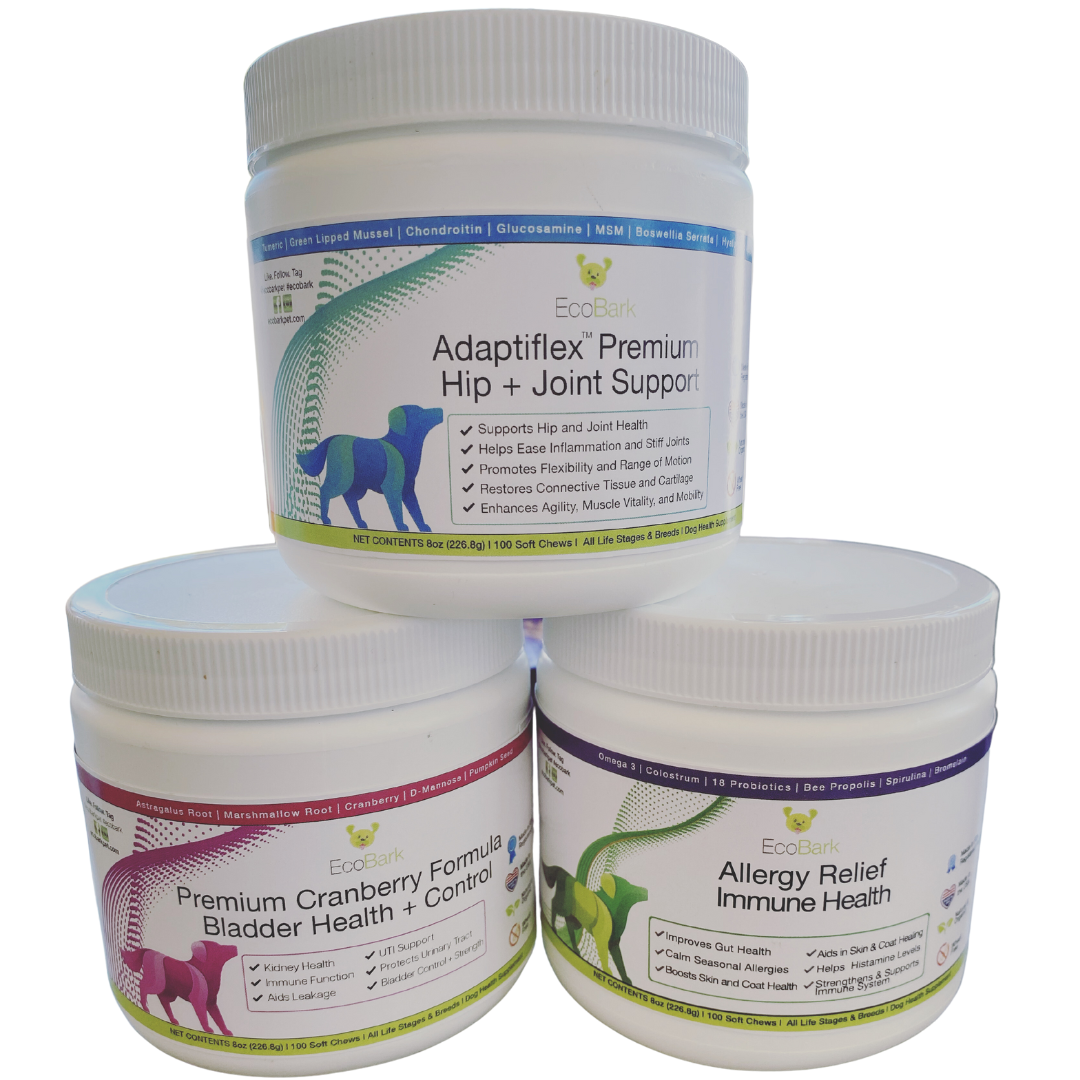
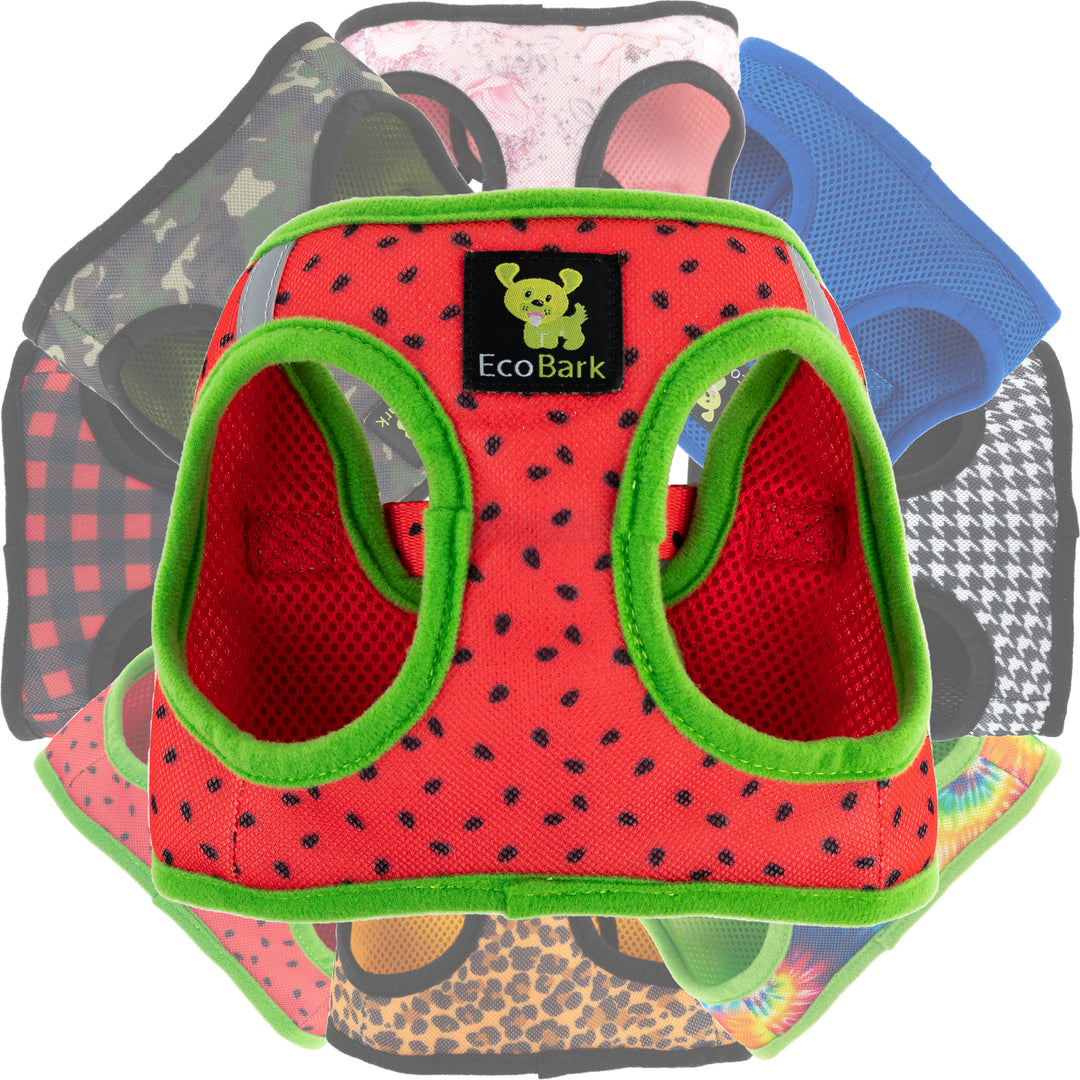

Leave a comment